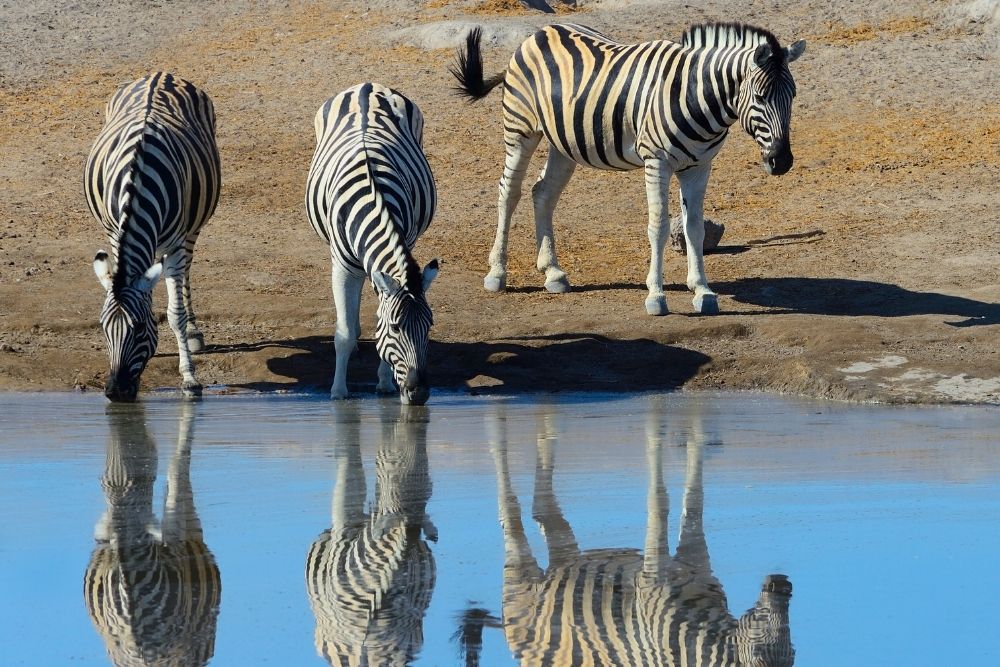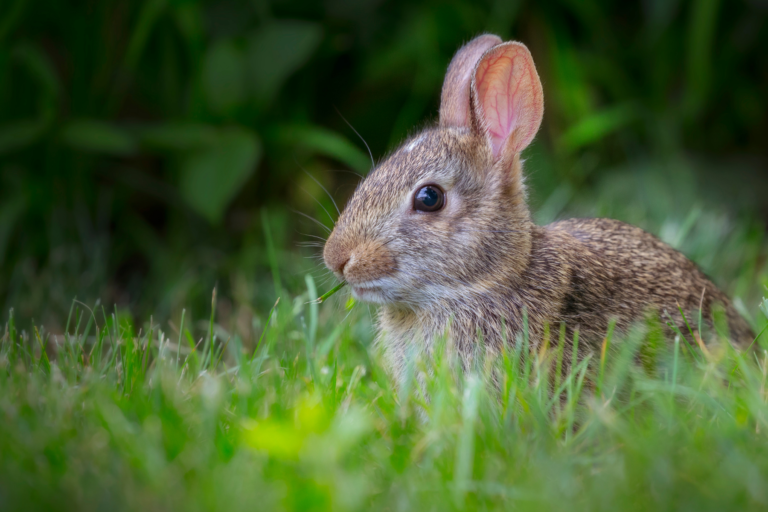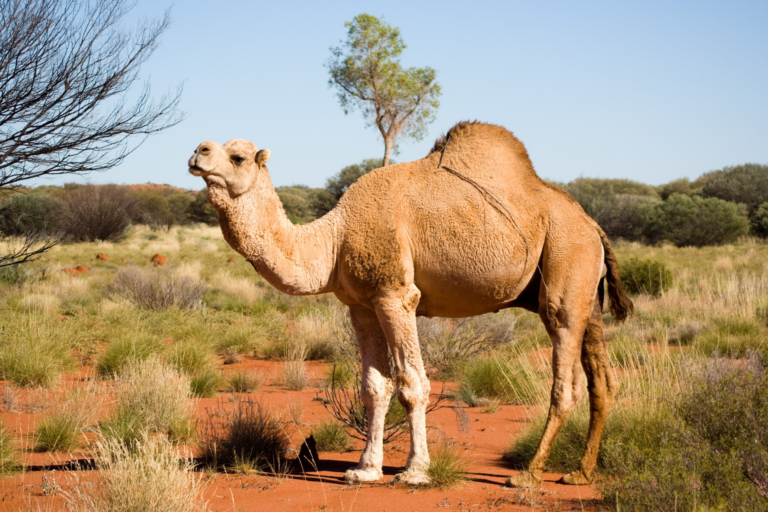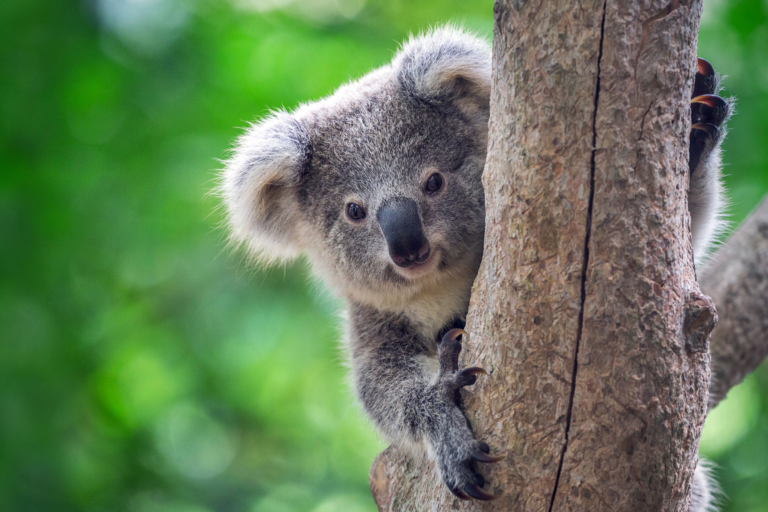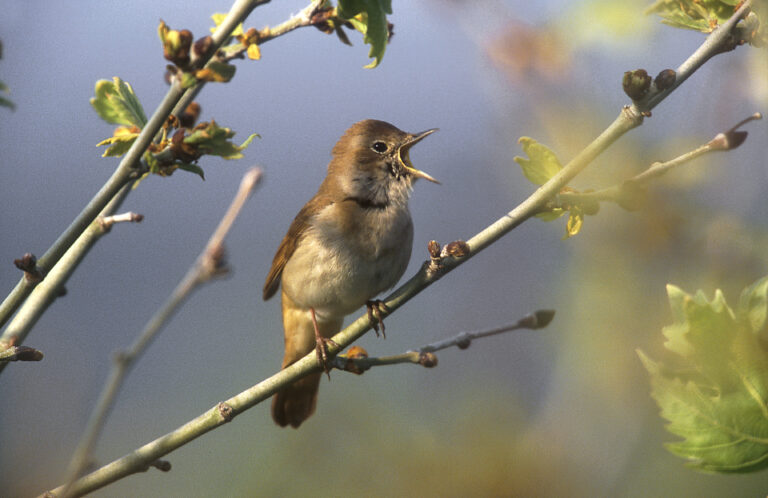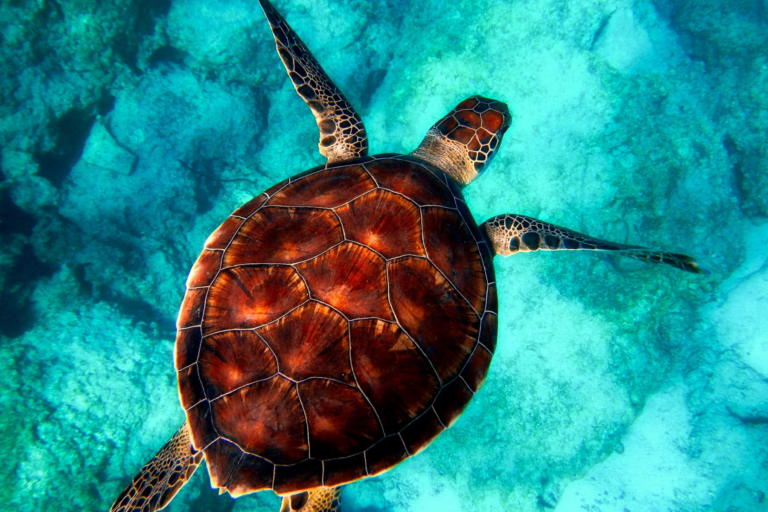50+ Animals that Start with Z
Last Updated on May 25, 2023 by Shu
Are you looking for the best list of animals that start with Z?
Which animal do you think of first when you think of the letter Z? It must be Zebra! Can you think of any others? In this article we’ll review the top 50 animals start with Z.
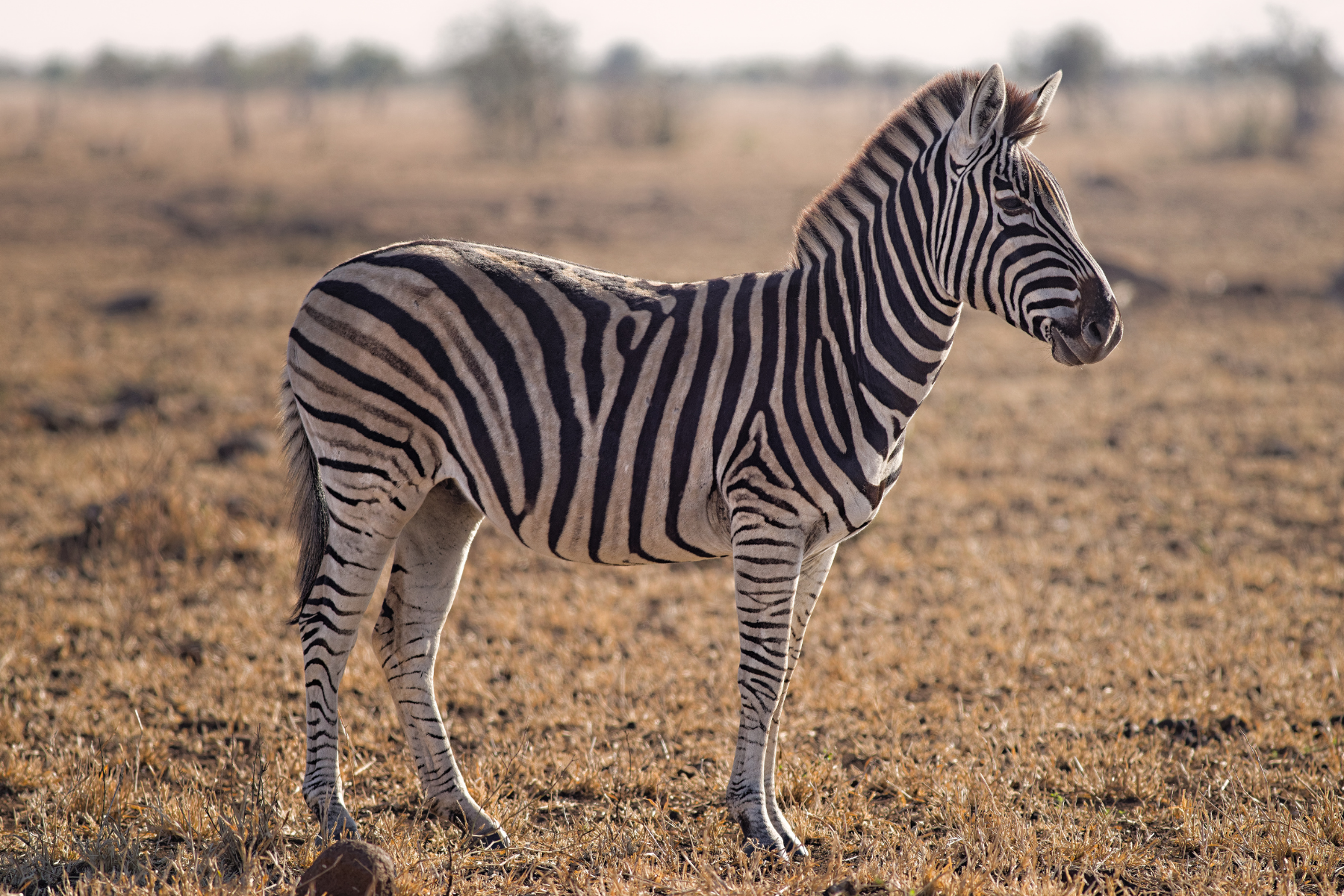
Have you heard of the Zenaida Dove, Zebrafish and Zapata Rail? There’s sure to be a few Z animals that are new to you!
Lets review the best and most interesting Z animals!
List of Animals That Start With Z
Zebra
The most well-known creature that begins with the letter ‘Z’ is no other than this medium-to-large-sized mammal. Not only do people recognize this animal for its one-of-a-kind name, but it also has a black and white stripes, which is unique among other creatures.
These quadruped mammals, which have round ears, white and light brown mane, are fast runners and can speed up to 65 km/hr. Where can you find these peculiar animals? Well, Africa is their native home, especially in savannahs and grasslands.
Zonkey
Zonkeys are a hybrid animal cross between female zebras and male donkeys. Since the 19th century, Zonkey hybrids have been bred in captivity. Zonkeys are small horses with tan, brown, or gray overall colors, but lighter undersides.Zonkeys’ darker stripes are most prominent on their lighter parts and on their legs.
Zebu
In the Indian subcontinent, zebu cattle are a species or subspecies of domestic cattle. The Zebu has a fatty hump on their shoulders, a large dewlap, and sometimes drooping ears.
Zorse
The Zorse, also known as Zebroids. It refers to equine hybrids that have zebra ancestry. Zorses are created by crossbreeding a male zebra and a female horse to produce an animal that has stripes but looks more like a Zebra than a Horse.
Zokor
A zokor is an Asiatic burrowing rodent that resembles a mole-rat. China, Kazakhstan, and Siberian Russia are their native habitats. Zokors were traditionally believed to be closely related to either hamsters or voles.
Zebra Finch

Zebra finches are small birds with multicolored feathers. Their bodies are grey-feathered, but each of their cheeks has an orange-yellow tear-dropped patch. Meanwhile, its lower abdomen is white, while the chest area has black-and-white lines, resembling a zebra’s distinct striped appearance. Meanwhile, the area underneath its wings is brown-colored with white blotches. Their population is dominant in Central Australia, and some dwell in Timor, Puerto Rico, and Portugal. Zebra finches have adorable features, making them popular cage birds. Not only that, but they also breed quickly within two to three months.
Zebrafish (Zebra Danio)
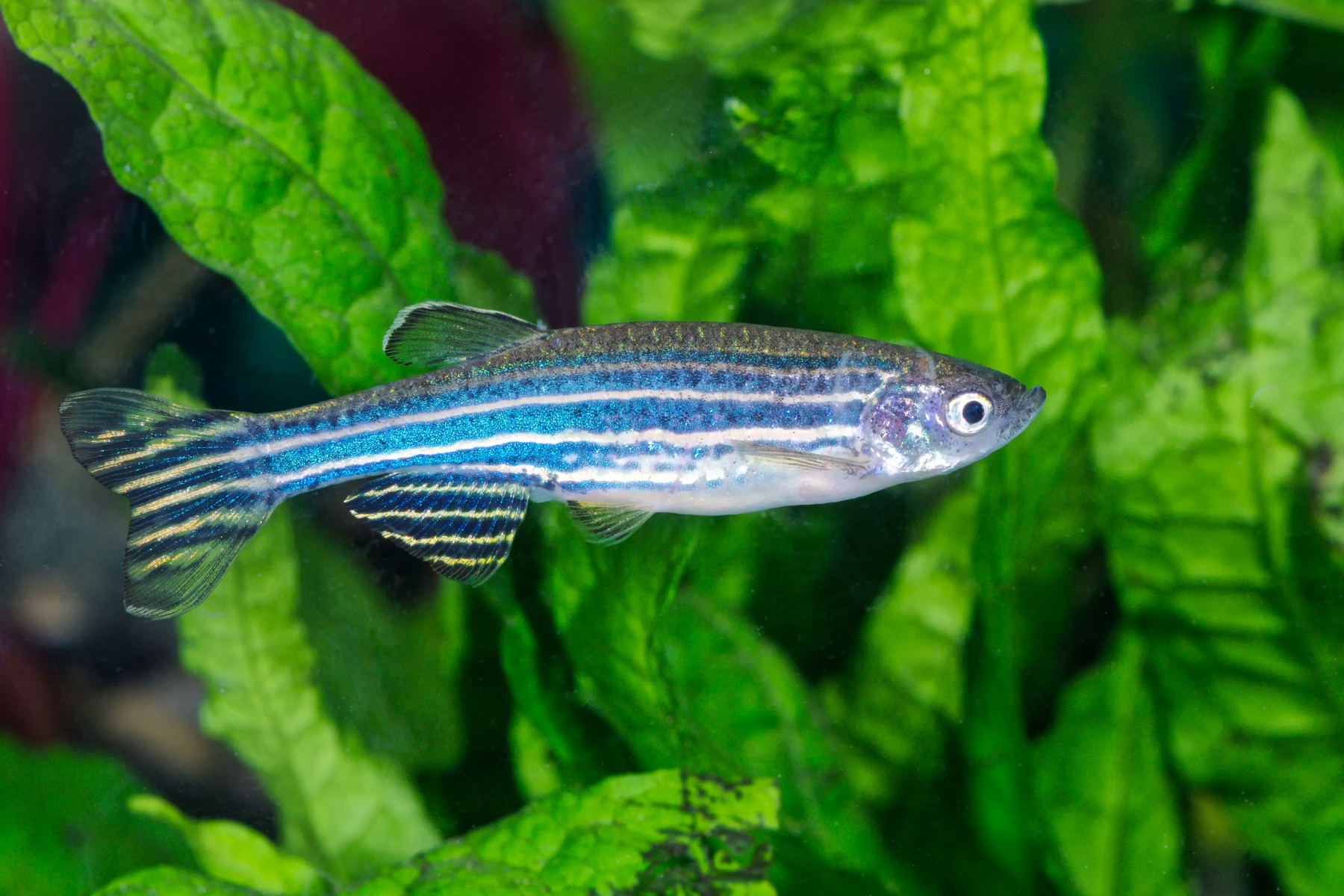
The Zebrafish, as know as Zebra Danio, is a small, elongated freshwater fish with royal blue and white stripes on its silvery-blue scaly skin, which reside in the tropical waters of Southeast Asia. Despite its tiny size, this aquatic critter has some unique features and capabilities. First, it has transparent eggs where you can see the transformation inside. The zebrafish can also repair its damaged heart muscle, a peculiar ability that has caught the attention of various scientists. They also use the genome of the zebrafish in studying genetic mutations.
Zebra Pleco
Zebra plecos are peaceful freshwater catfish, nocturnal bottom dwellers native to the slow-moving rivers and tributaries of the Amazon River basin, South America. In order for this fish to thrive, its aquarium should be set up to resemble its natural environment as closely as possible.
Zebra Seahorse
The Zebra seahorse may live in areas with sand and dirt bottoms, probably related to Gorgonians. Maximum depth reported is 69 meters. It is an ovoviviparous species. An egg pouch is located beneath the tail of the male that carries the eggs.
Zebra Shark
In tropical waters, the zebra shark lives in coral reef habitats where it can wriggle into narrow caves and crevices to hunt for food. Divers often confuse it with the leopard shark due to its changing appearance as it matures.
Zebra Mussels
Zebra mussels are invasive, fingernail-sized mollusks native to freshwater lakes in Eurasia. Their name refers to the zigzagged stripes on each shell. During the 1980s, ballast water discharged from large ships from Europe brought zebra mussels to the Great Lakes. As a result, native mussels in the Great Lakes region have been wiped out.
Zhang’s Horned Toad

Also identified as Zhang’s spadefoot toad, this amphibian belongs to the Megophryidae family, known for imitating fallen forest leaves. This horned toad, commonly found in Tibet, China, and possibly Nepal, has dry and bumpy brownish skin and two horn-like bumps on its head.
Zebra Dove
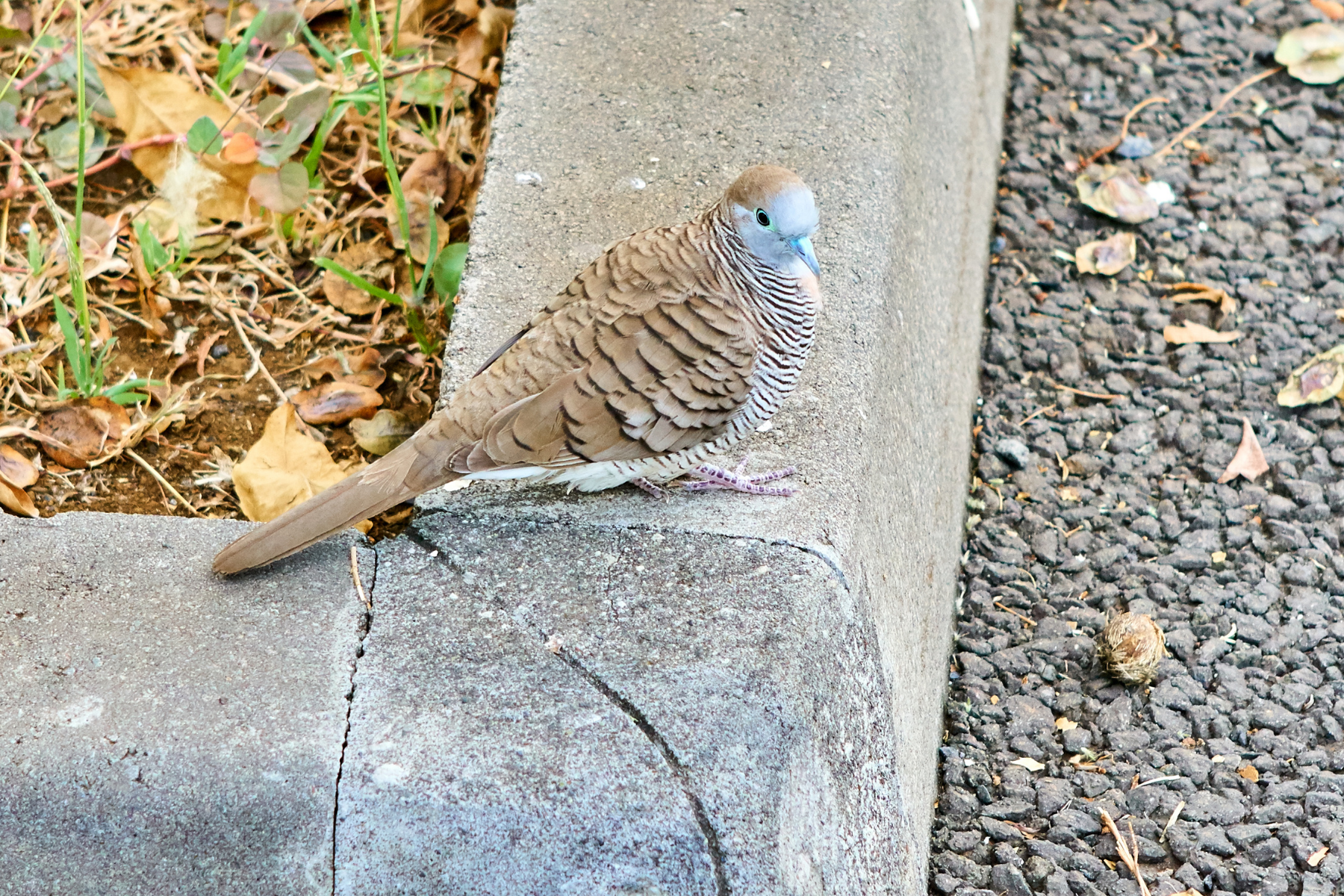
Contrary to its given name, this member of the dove family has brownish-grey feathers with fine black-and-white lines and a long feathered tail. Also known as the barred ground dove, these zebra doves usually stay in lowland areas and are abundant in many countries in Southeast Asia. Like other doves, they are omnivores that love to feed on seeds, grains, and fruits.
Zenaida Dove
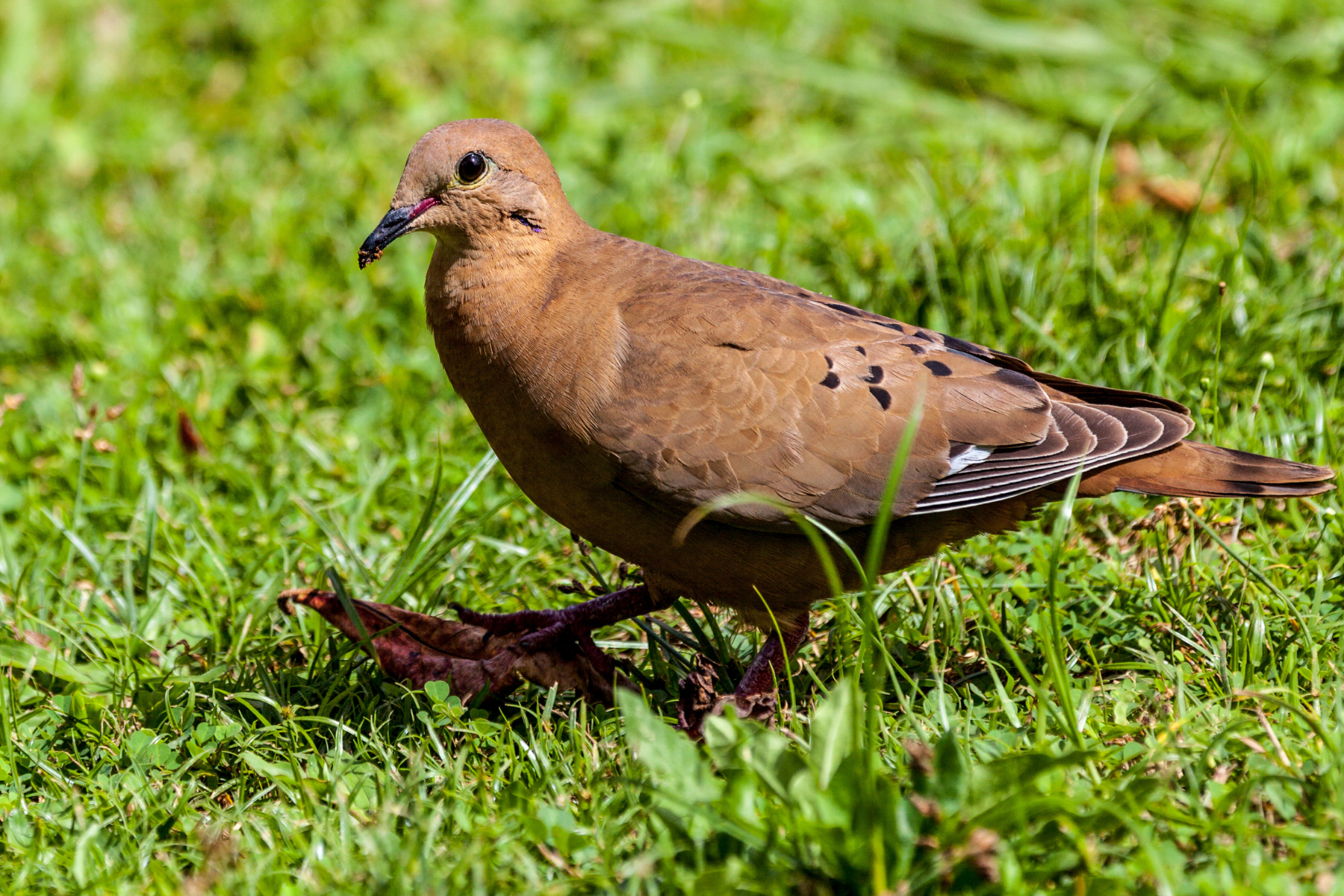
Unlike the zebra dove, the Zenaida love has reddish-pink claws and matte brown feathers with black and white marks on its wings. In fact, it has become the national bird of Anguilla in the Caribbean.
Zapata Rail
This super rare bird is similar to ostriches, emus, penguins, and kiwis since it’s almost flightless or doesn’t fly most of the time due to its short wings. This red-and-yellow-billed bird has a brown-colored back, while its abdomen and the rest of its head and neck are grey-feathered. Not only is this bird species isolated, but its population is also critically endangered.
Zagrosian Lizard (Siirt lizard/Timon princeps)
This medium-sized reptile, also known as Timon princeps or the Siirt lizard, has drab greenish-brown and white-spotted scaly skin but with a black head. This diurnal lizard is endemic to the Middle East, especially in Iran, Syria, and Turkey.
Zhou’s Box Turtle
Zhou’s box turtle is a small hard-shelled turtle native to the forests of Guangxi and Yunnan in China. Unlike most turtles, this reptile has a brown box-shaped shell with a tinge of green. It spends most of its time in the water, and as an omnivore, it can survive by feeding on fruits, weeds, insects, and small fish.
Zebra Snake
This cobra resides in desert areas and arid lands from Namibia up to Angola. It got its name from its grey-and-white-striped scaly covering. Do not underestimate this reptile. It is known as the spitting cobra that can splutter its venomous fluid from its fangs without the need for a bite.
Zapallar Tree Iguana
The Zapallar tree iguana of the Squamata species is a member of the Liolaemidae family, and this average-sized reptile has black and mint green scaly skin. It is endemic in the Neotropical Realm and usually forages on fruits, seeds, shrubs, and insects.
Zebra Duiker
This mammal is not a smaller version of a zebra but a small-statured antelope with reddish-orange fur and black stripes at the back of its body. Unlike most antelopes, the zebra duiker has no antlers, and an adult can only grow up to 35 inches tall.
One can find a zebra duiker in the forests and valleys in Sierra Leone, Liberia, Guinea, and the Ivory Coast. Zebra duikers are herbivores; they often eat shoots, fruits, and other plants within their reach.
Zululand Dwarf Chameleon
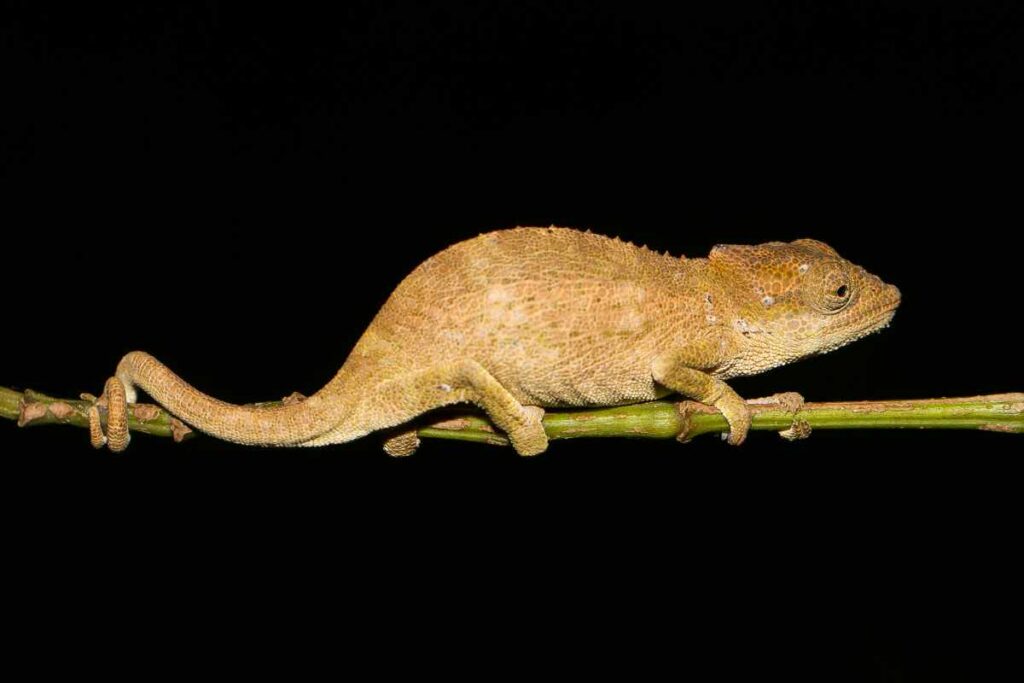
The Zululand dwarf chameleon is a pale brown-colored reptile with tiny dots and bumps on its skin. A small number of these small-sized lizards reside in South Africa.
Like most chameleons, the Zululand dwarf chameleon often clings to tree branches and changes its skin color to blend with its environment.
Zambezi Soft-shelled Turtle
Not all turtles are hard-shelled. Specifically, the Zambezi soft-shelled turtle is a rare species living in the Zambezi basin in South Africa. It has a long head, and its shell is dark brown and black.
Zapata Wren
This small-sized bird has light brownish-grey feathers with thin black stripes and is endemic to Cuba. Specifically, they inhabit the thick woodlands near swamps in the Zapata peninsula. These birds are not easily spotted since they like to lurk in bushes. Zapata wrens also love making chirping noises that sound like they’re singing.
Zorilla (Striped Polecat, Zorro in Spanish)
Zorilla, also known as striped polecats, African polecats, Cape polecats, and African skunks, is a member of the Mustelidae family that resembles skunks. Zorilla is derived from the word “zorro“, which means fox in Spanish. Climates that are dry and arid are the most common for this species.
Peculiar Yet Interesting: Creatures with Zany Names that Start with the Letter Z
- Zanj Sun Squirrel
- Zanzibar Red Bishop
- Zigzag Heron
- Zucchini Catfish
- Zugmayer’s Pearleye
Bizarre But Astonishing Animals Beginning with Z
- Zaisan Mole Vole
- Zagrosian Lizard
- Zulia Toadhead Turtle
- Zebra Snake
- Ziegler’s Triplefin
- Zebratail Lizard
Pint-Sized Animals Start with the Letter Z
- Zacatecan Deer Mouse
- Zacatecas Harvest Mouse
- Zacatecas Shrew
- Zaphir’s Shrew
- Zimmer’s Shrew
- Zamboanga Lipinia
- Zabaleta Anchovy
- Zigzag Barb
- Zebrette Goby
- Zacatecas Shrew
Cute Yet Zesty: Z Animals
- Zempoaltepec Vole
- Zarudny’s Jird
- Zamboanga Bulbul
- Zapata Sparrow
- Zapata Wren
- Zebra Waxbill
- Zimmer’s Tapaculo
- Zaca Blenny
- Zacatecas Harvest Mouse
- Zacatecan Deer Mouse
Animal Facts – Large and Weighty Z Creatures
- Zebra
- Zenker’s Fruit Bat
- Zebra Duiker
- Zebra Snake
- Zamenis Longissimus
Zippy and Adorable Animals that Start Z
- Zinser’s Pocket Gopher
- Zambezi Soft-shelled Turtle
- Zimmerius Acer
- Zitting Cisticola
- Zoothera imbricata
More Alphabetical List Of Animals (Animals A-Z)
- 100+ Animals that Start with A
- 100+ Animals that Start with B
- 100+ Animals that start with C
- 100+ Animals that Start with D
- 100+ Animals That Start With E
- 100+ Animals that Start with F
- 100+ Animals that Start with G
- 100+ Animals that start with H
- 100+ Animals that Start with I
- 100+ Animals that Start With J
- 100+ Animals that start with K
- 100+ Animals that start with L
- 100+ Animals that start with M
- 100+ Amazing Animals that Start with N
- 100+ Animals that start with O
- 100+ Animals that start with P
- The Quest for Animals that start with Q
- 100+ Animals That Start With R
- 80+ Animals that start with Y
- 50+ Animals that Start with the Letter Z

